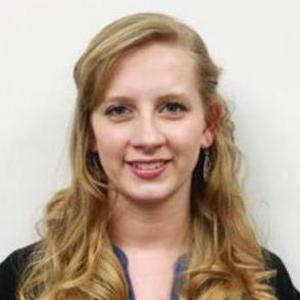Below is a summary of the abstract you submitted. Presenting author(s) is shown in bold.
If any changes need to be made, you can modify the abstract or change the authors.
You can also download a .docx version of this abstract.
If there are any problems, please email Dan at dar78@pitt.edu and he'll take care of them!
This abstract was last modified on May 11, 2017 at 5:34 p.m..

American foulbrood and Fire blight are dangerous diseases that destroy beehives and fruit orchards across the United States respectively. The bacteria that cause these diseases are Paenibacillus larvae and Erwinia amylovora respectively, and the bacteriophages that infect these bacteria have been shown to combat the deadly pathogens. This year two sections of Phage Hunters with 22 and 18 students isolated a total of 45 phages. Twenty-four Erwinia phages and 21 Paenibacillus phages were isolated, and DNA was successfully isolated and sequenced from 24 of these phages. Of the 16 fully sequenced Erwinia phages, 11 were similar to previously sequenced Erwinia phages, while five made up one novel cluster and two singletons. Out of the 21 Paenibacillus larvae phages we discovered, our phage hunter team was able to sequence eight genomes. When we put our eight phages in a dot plot we found two major clusters with very high similarities. Four of them we were able to fully annotate and find that they were related to the Fern cluster. Throughout the process of phage isolation and annotation, our course adapted to many challenges and demands required of novel research. Altogether, our research is helping us to understand the evolution of the bacterial pathogens Erwinia and Paenibacillus, as well as to develop the field of phage therapy as an alternative cure for these destructive diseases.


